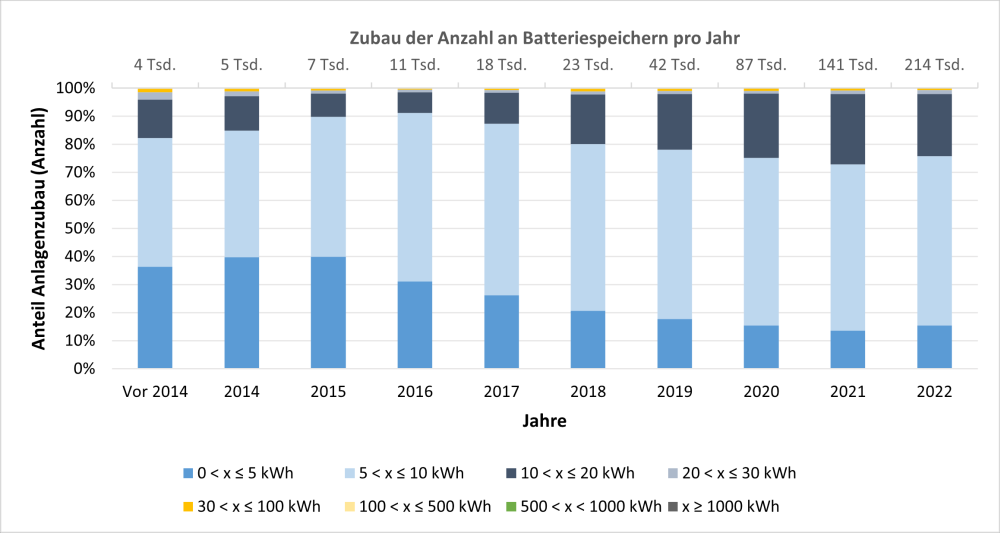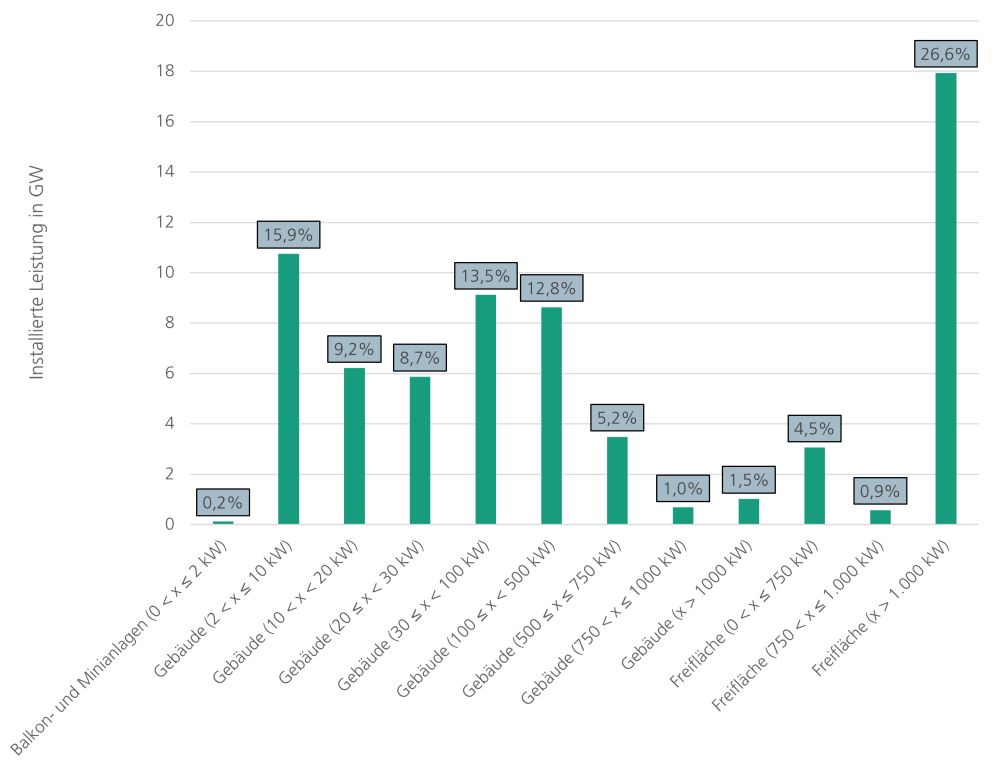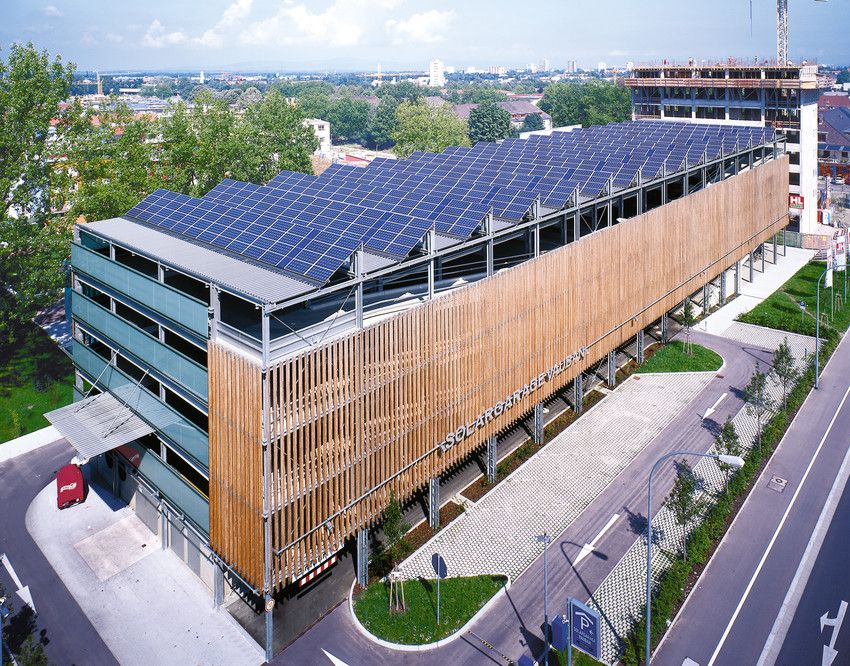| Duration: | 04/2019 - 10/2024 |
| Contracting Authority/ Sponsors: |
Umweltbundesamt (UBA) |
| Project Partners: | Leipziger Institut für Energie GmbH; UL International GmbH (DEWI); Deutsche Biomasseforschungszentrum gemeinnützige GmbH (DBFZ); Deutsche Energie-Agentur GmbH (dena); Ingenieurbüro Floecksmühle GmbH; HIC Hamburg Institut Consulting GmbH |
| Project Focus: |
AGEE-Stat
AGEE-Stat - Scientific Analyses of Specific Statistical Aspects of Renewable Energy to Support the Working Group on Renewable Energy Statistics



The Working Group on Renewable Energy Statistics (AGEE-Stat) has been commissioned by the Federal Ministry for the Environment, Nature Conservation and Nuclear Safety (BMU) to investigate and provide key data on renewable energy which is needed on a national and international level. It is led by the central office at the Federal Environment Agency (UBA), which also provides scientific and organizational support. Fraunhofer ISE is responsible for offering scientific support in the areas of photovoltaics and heat pumps (environmental heat/ shallow geothermal energy) within the project.
Photovoltaics:
Based on previous work conducted by AGEE-Stat the goal is to take stock of the existing photovoltaic installations and keep track of the latest developments. This involves collecting the following data:
- Development of new installations and decommissioning of installations
- Electricity generation, differentiated according to grid feed-in with and without EEG and economically motivated self-consumption
- Development of average full load hours and plant efficiency
- Structural development of new installations by federal state and other parameters
- Developments outside the EEG and the market environment
On-site consumption is of particular interest, as there is currently no exact data available. Different installation categories have been established for categorizing self consumption volumes: small-scale installations , commercial-grade systems and large-scale installations .These self consumption volumes are then further classified in terms of private households; commerce, trade and services (including agriculture); industry; transportation; and the energy sector. The private housing sector corresponds with the small-scale installations, while the other sectors tend to encompass commercial-grade or large-scale installations.
Battery Storage:
The aim is to determine inventory data and current developments in the field of battery storage. The following data is collected:
- Development of the number and capacity of battery storage systems by capacity class
- Effects of the use of battery storage systems on self-consumption of PV electricity
The annual expansion of battery storage systems by storage capacity is classified into home storage systems, commercial storage systems and large storage systems. Useful information can be provided here, particularly with regard to the important role of battery storage systems for the energy transition.
Heat pumps:
The goal is to describe the use of existing heat pumps and the thermal energy they provide (incl. environmental heat used) in detail, differentiating between the various heat sources used and the modes of operation. This work augments previous efforts of AGEE-Stat. The heat pump model developed will be revised and refined on the basis of research and market developments observed as part of this project. The focal point will be classifying geothermal and environmental heat in terms of the sectors of private housing; commerce, trade and services (including agriculture); industry; transportation; and energy. In addition to the common electric heat pumps (heat source: geothermal heat, ground water, air), reversible heat pumps, gas heat pumps and large-scale electric heat pumps are all explicitly analysed.